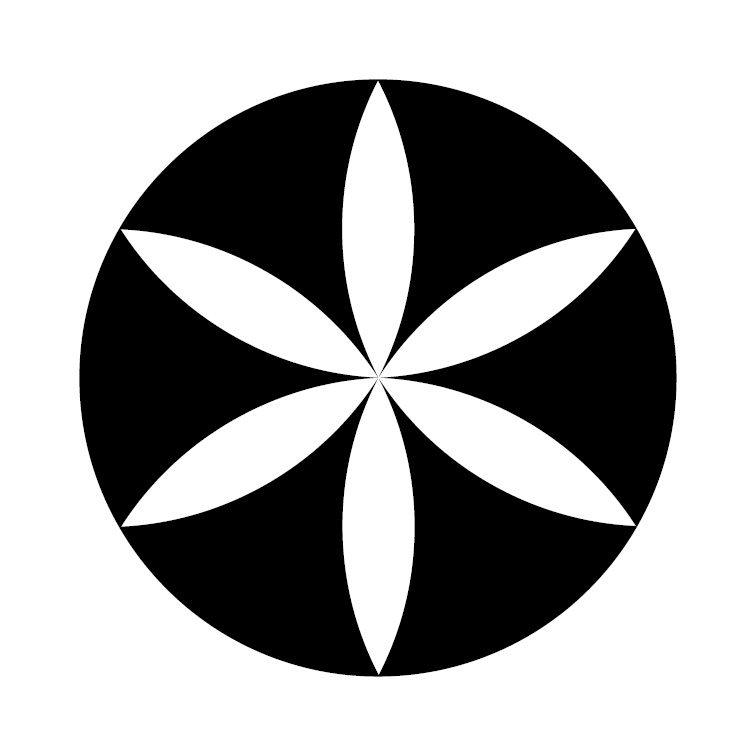The first settlement on the castle hill dates back to the Neolithic period, approximately 7,000 years ago. Over the centuries, several cultures lived on this hill, with the Púchov culture being known to inhabit the castle hill around up untill the second century AD. It is presumed that the members of the Celtic tribe of Cotins were its bearers. They left behind interesting traces, including the foundations of craft workshops, a mint, and even their own coins.
After Cotins had left, the castle hill remained abandoned for a certain period. Even the arrival of the first Slavs in this area did not bring life to the castle hill where but rather to the nearby Dreveník. Since the fortress on Dreveník hill was made out of wood, its lifespan was short. Therefore, around the turn of the 12th and 13th century, the construction of a stone castle began on the orders of the royal family of Arpad. The first large residential and defensive circular tower stood in the area of today’s upper courtyard, but it collapsed in the 13th century due to tectonic shifts in the hill. It was replaced by a new, slightly smaller defensive circular tower that still dominates the upper courtyard today.
In 1241, the castle survived the ruthless Mongol invasion, resisting and confirming the belief that only stone castles could withstand such threats. After the Mongol plundering, famine struck Hungary, and the royal treasury was empty. Therefore, the development of the castle slowed down for a while until King Bela IV allowed the provost Matej to build a tower and palace beneath the upper courtyard. In the 13th century, another significant structure was created – the so-called Fioch Tower, located in the lower courtyard. Soon after, came a second defensive tower of the lower courtyard and walls made of wooden ramparts were built. These were replaced by stone walls around the 15th century, which are still part of the lower courtyard today.
After the rule of the Arpad family, the Anjou dynasty ascended to the Hungarian throne, which, among other things, owned the Spiš Castle. During Anjou’s ownership in the 14th century, defensive walls of the middle courtyard were built, connecting the parts of the upper and lower courtyards, creating this enormous castle complex covering an area of over 40 thousand square meters.
In the 15th century, the castle was given as a gift to the Zapolya family, and during their ownership, they contributed to the construction of western palaces in the Gothic style and the completion and improvement of the middle courtyard. After Zapolya family, Thurzo family took ownership of the castle, remodeling the upper parts of the castle into more comfortable Renaissance spaces. In the first half of the 17th century, the Csaky family claimed ownership of the castle, officially owning it until 1949. During their tenure, the eastern palaces were built, but the family did not reside in them for long. In the 18th century, they moved out of the castle to surrounding more modern settlements, and only the military personnel occupied the castle. The downfall of the castle was caused by a massive fire in 1780, the exact cause of which remains a mystery.
